Method 1: Using the Ease of Access Center in the Control Panel
This method has more configuration options than Method 2, but it is recommended for users with a keyboard and/or a mouse – the interactive elements are small and therefore difficult to tap. If you are using a tablet or a phone, you will probably prefer Method 2.
To open the 'Ease of Access Center' in the Control Panel
- Press the 'Windows' key + U.
Or
- Move the mouse pointer to the upper right hand corner of the screen to reveal the charms.
- Click on the 'Search' charm – the one with the magnification glass icon.
- Type the query 'Ease of Access Center' in the search box (Fig 1).
- Click on the button 'Ease of Access Center'.
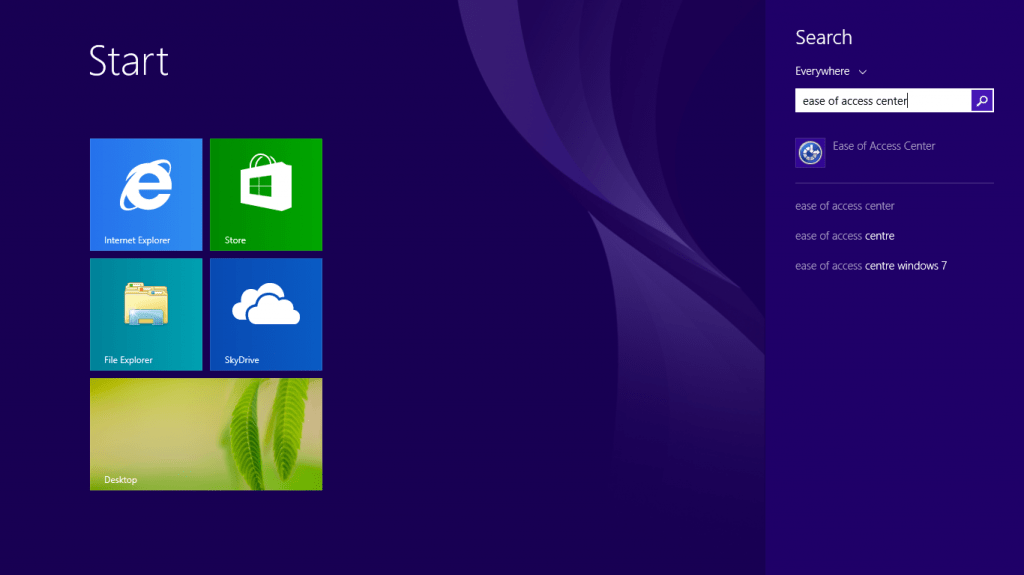
Figure 1: Using the search to go to the Ease of Access Center
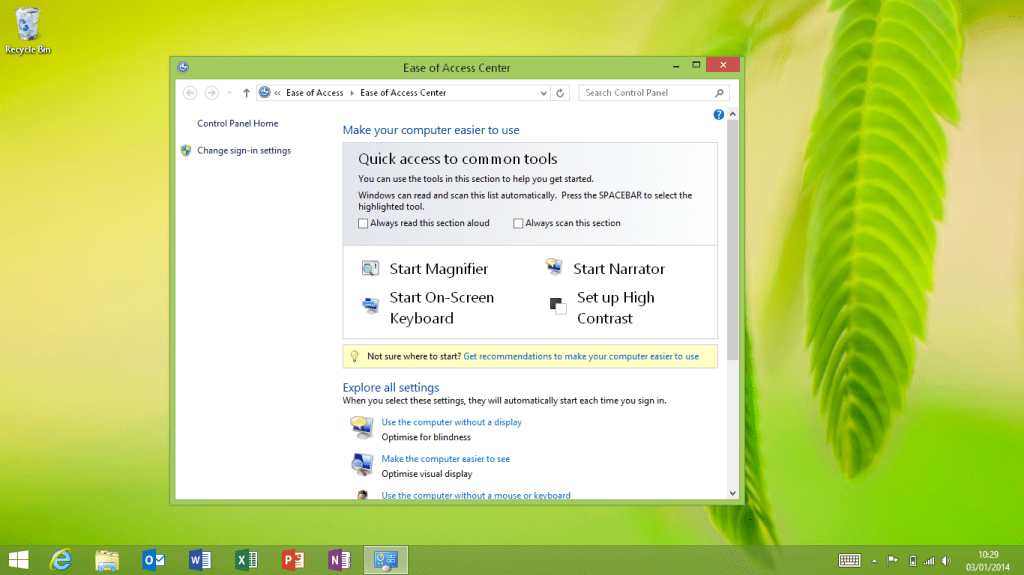
Figure 2: Ease of Access Center
To activate the on-screen keyboard
From the 'Ease of Access Center':
- Click ‘Start On-Screen Keyboard’ (Fig 3), under 'Quick access to common tools'. This will start the keyboard for current use.
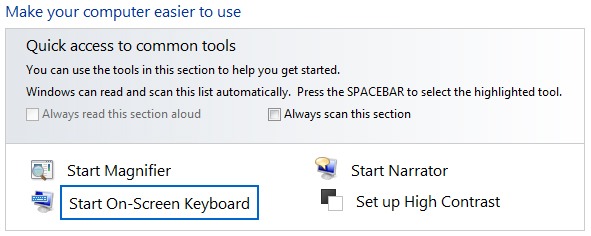
Figure 3
To activate the on-screen keyboard every time Windows starts
From the 'Ease of Access Center':
- Click ‘Use the computer without a mouse or keyboard’, under 'Explore all settings' (Fig 4).
![]()
Figure 4
- Under 'Type using a pointing device, check the option ‘Use On-Screen Keyboard’ (Figure 5).
- Click 'Ok'.
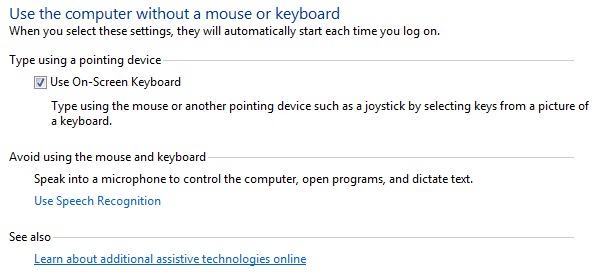
Figure 5
To configure the on-screen keyboard
Once the keyboard is on screen you can tailor it to suit your needs.
- Click the 'Options' key on the on-screen keyboard, in the bottom right hand corner (Fig 6).
- You will have access to the 'Options’ window (Fig 7). From there you can configure the on-screen keyboard.

Figure 6
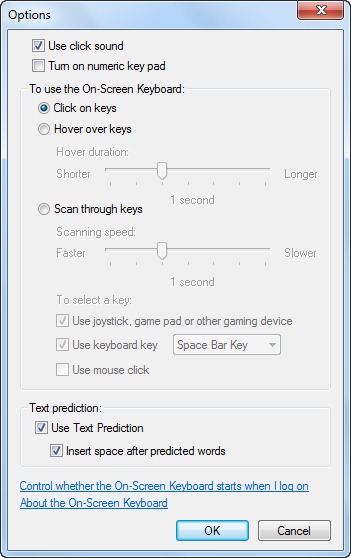
Figure 7
There are several ways you can use the on-screen keyboard:
- ‘Click on keys’ or press 'Alt' + 'C' to access the keyboard with a mouse or other pointing device by clicking on the cell you wish to use.
- ‘Hover over Keys’ or press 'Alt' + 'H' to access the keyboard with a mouse or other pointing device by ‘hovering’ over the cell to select. You can select the length of time that you will be required to hover by using ‘Hover duration’ slider.
- ‘Scan through keys’ or press 'Alt' + 'S' to access the keyboard using a range of access devices including the spacebar, switch or gamepad.
- The scanning speed can be selected through the use of the ‘Scanning Speed’ slider.
In Windows 8 the on-screen keyboard has an integrated text prediction tool to speed up typing and to help with spelling. To turn on text prediction:
- Select ‘Use Text Prediction’ or press 'Alt' + 'T', you can also choose to add a space to all selected words, click to select or press 'Alt' + 'W'.
Method 2: Using the Ease of Access Center in the PC settings
This method is recommended for users with touch enabled devices such as tablets or phones.
To open the 'Ease of Access' section in PC settings
From a computer with a keyboard and a mouse
- Move the mouse pointer to the upper right hand corner of the screen to reveal the charms.
- Click on the 'Settings' charm – the one with the cog icon.
- Click on the link 'Change PC settings'.
- Click on the button 'Ease of access' (Fig 8).
From a touch enabled device
- Swipe in from the right hand edge of the screen to reveal the charms.
- Tap on the 'Settings' charm – the one with the cog icon.
- Tap on the link 'Change PC settings'.
- Tap on the button 'Ease of access' (Fig 8).
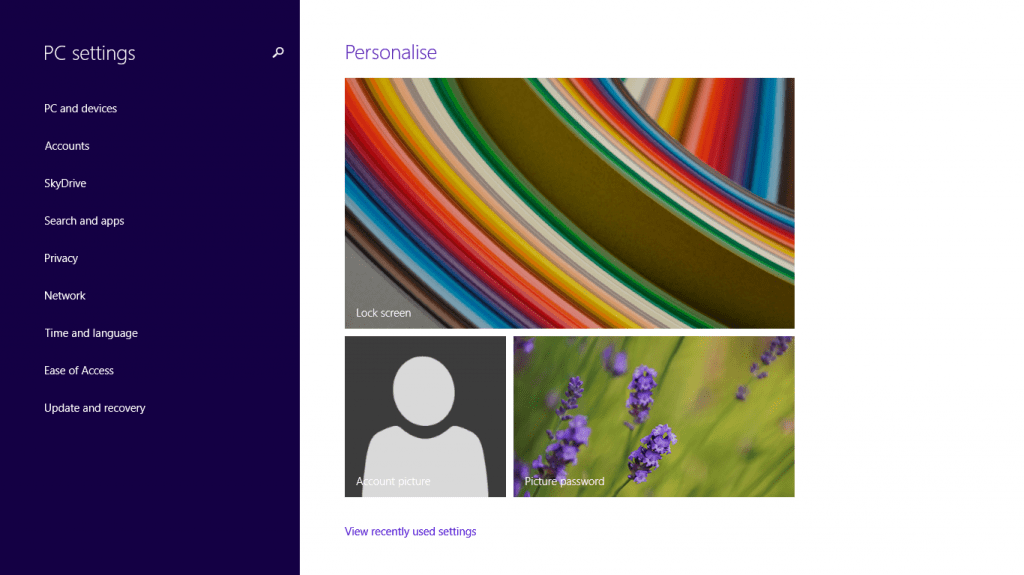
Figure 8: PC settings, which includes 'Ease of Access' (second option from the bottom)
To activate the on-screen keyboard
From the 'Ease of Access section' (Fig 8):
- Click or tap on the link 'Keyboard' in teh left-hand column (Fig 9).
- In the right-hand column, turn on the option 'On-screen keyboard'. This will show automatically the keyboard.
- Click the key 'Options' to configure the options of the keyboard, which are the same as the ones described in Method 1 (Fig 7).
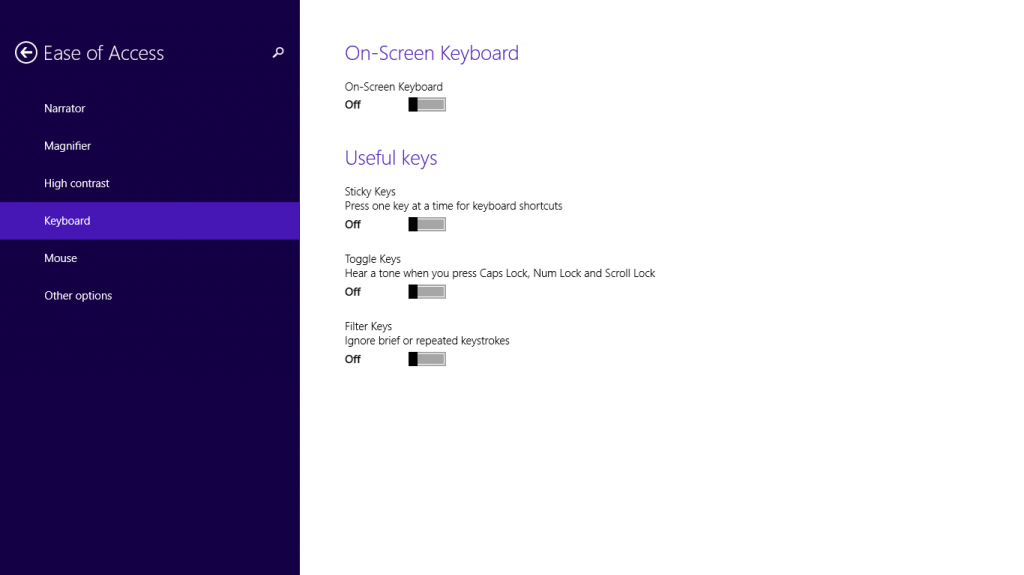
Figure 9
Note: If this does not work it could be because your computer settings cannot be changed due to local IT policies - contact your local IT support for further help.